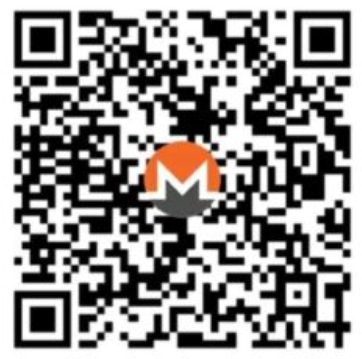WB3交流加微信:WX-93588,⬅️此处为全站广告位,与正文项目无关
注册并登录App即可领取高达 60,000 元的数字货币盲盒:点击此处注册OKX
《The DAO Takeover PlayboOK: The New DeFi Strategy》 by IGNAS, DEFIRESEARCH
Compiled by Katie Gu
When a DAO dissolves, the remaining funds are distributed to token holders, and sometimes a DAO closure can be more valuable than its operation. This was the case with the dissolution of the MEV project RookDAO. The ROOK token holders voted to shut down and distribute the $25 million treasury value. As a result, the token price increased by 5x. The price surge was mainly driven by the treasury value exceeding the total market cap of ROOK tokens.
It’s important to note that not all ROOK token holders will redeem their tokens. The ROOK example is just one part of the “new playbook” that DeFi DAOs are currently playing out in the bear market.
In this article, we will explore the strategy of dissolving DAOs to profit and analyze the potential risks in such events. This strategy is controversial, so DYOR.
What is “SlowRug”?
Those familiar with the crypto space should know about “rugpulls,” where developers suddenly drain project funds for personal gains and exit the market. But there’s also something called “slowrug,” which is a more subtle version where funds are slowly drained over a longer period of time, often disguised as legitimate operating expenses like salaries.
For example, RookLab, composed of 22 DAO contributors, receives $6.1 million per year ($300k per contributor). However, the team has been unable to provide a roadmap or goals, even as the protocol’s trading volume decreased by about 78% in just six months.
“Slowrug” is more complex than it appears, as DAOs face several issues in such situations:
– Legal Uncertainty: DAOs are in a legal gray area, leading to uncertainty in operations, fund management, and taxation.
– Legal Compliance Relationships: Managing legal relationships with individuals and organizations globally becomes complex due to different jurisdictions.
– Liability Limitations: The potential liability of DAO token holders is a concern, and options include establishing a legal entity, a collective fund, or compensation fund.
– Governance: Balancing efficiency, decentralization, and transparency in governance is a major challenge.
– Talent Management: Recruiting, onboarding, and managing talent in DAOs can be difficult due to the lack of legal entities and self-directed nature of roles.
How do we oversee teams that don’t add value to token holders?
Some DAOs take responsibility through “self-dissolution.” For example, the Fei core team (TribeDAO) decided to dissolve and distributed $220 million from its treasury to token holders. At the time of voting, TRIBE’s valuation was only $66 million, but now the trading price is $128 million.
In both the Rook and Tribe cases, the dissolution of DAOs was beneficial for token holders. But what happens when core team members resist governance voting? That’s where things get interesting.
Aragon
此时快讯
【数据:灰度GBTC负溢价率当前为27.43%】金色财经报道,据Coinglass数据显示,当前灰度总持仓价值约为275.13亿美元,其中灰度比特币信托基金(GBTC)的负溢价率为27.43%;ETH信托负溢价率为39.08%。此外,ETC信托负溢价为53.10%,LTC信托负溢价为31.75%。
转载请注明:战术性解散:DAO盈利新模式下的瓜分国库资产 | 币百度

